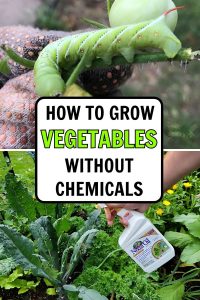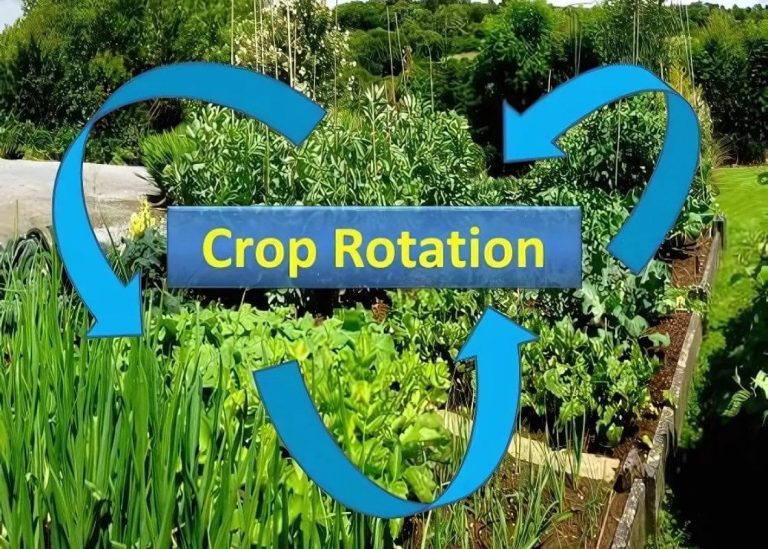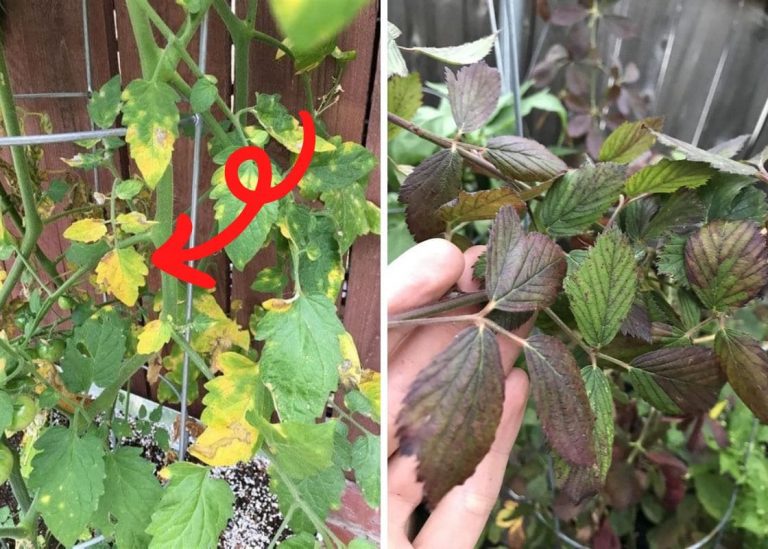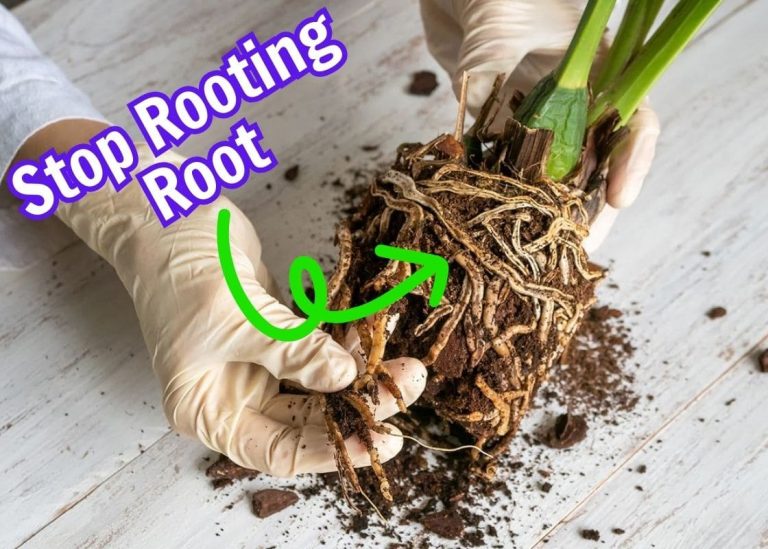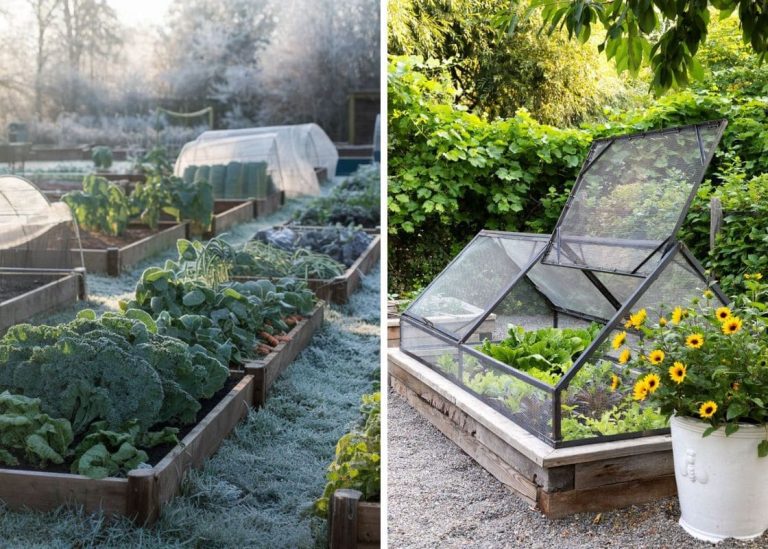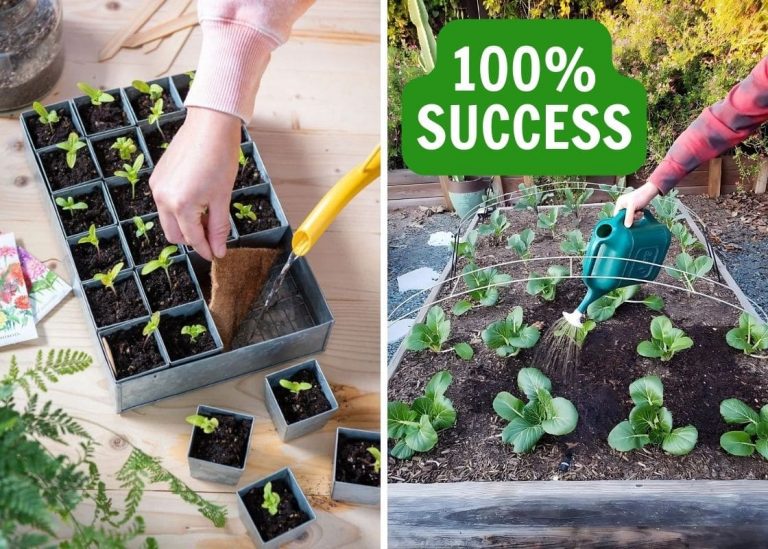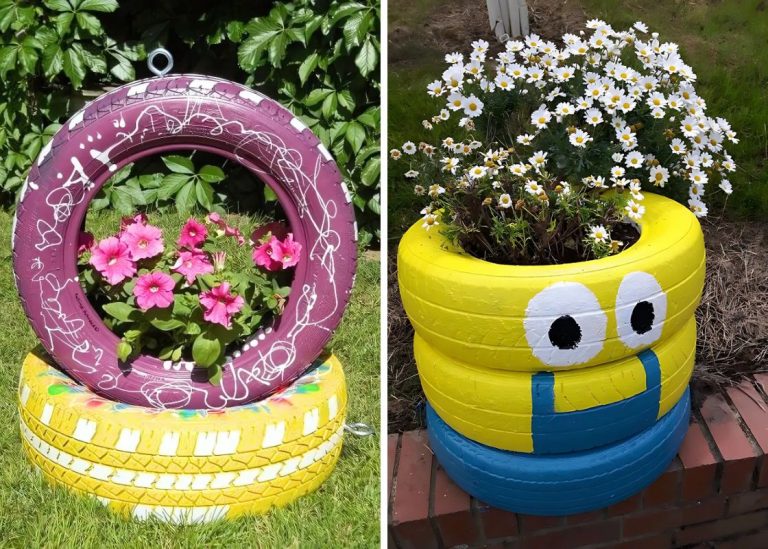How to Grow Vegetables Without Using Chemical Pesticides
When I first started gardening, I assumed that keeping pests away meant spraying something from a bottle. It seemed like the easiest solution, just a quick spray and no more aphids, caterpillars, or beetles eating my plants.
But after reading about the impact of chemical pesticides on soil health, pollinators, and even the food we eat, I knew I had to find another way.
Now, years later, I can confidently say that growing vegetables without chemical pesticides is not only possible but also better for the garden in the long run. My plants are healthier, my soil is richer, and my garden hums with life from bees pollinating flowers to ladybugs munching on aphids.
Learning how to manage pests naturally has taught me that a thriving, balanced garden doesn’t need synthetic chemicals, it needs care, observation, and a few simple strategies.
Building Healthy Soil: The First Line of Defense
I’ve found that the best way to fight pests is to make sure my plants are strong enough to resist them in the first place. Weak plants attract pests like a buffet, but healthy plants, grown in nutrient-rich, well-aerated soil, are far more resilient.
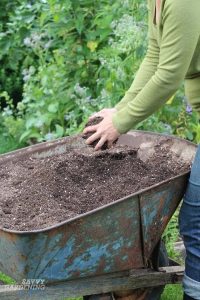
When I first switched to organic gardening, I started feeding my soil instead of my plants. I added compost, aged manure, and organic mulch to keep it full of life.
Over time, I noticed fewer problems with pests. Plants that struggled before, like tomatoes and squash, started growing stronger, greener, and more resistant to disease and insect attacks.
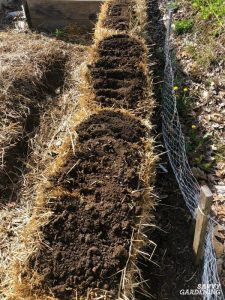
Covering the soil with straw, grass clippings, or leaves also helped, keeping moisture levels steady and discouraging soil-dwelling pests like cutworms and root maggots. When the soil is healthy, the plants take care of themselves.
Encouraging Natural Predators
One of my biggest “aha” moments was realizing that not all bugs in the garden are bad. In my early days, I used to panic at the sight of any insect on my plants, but now I see things differently.
Ladybugs, lacewings, praying mantises, and spiders are some of the best pest controllers around. They feast on aphids, mites, and caterpillars, all without harming the plants.
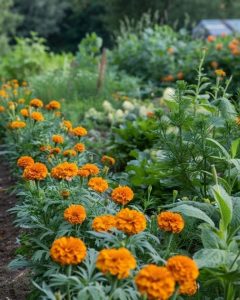
To encourage these helpful predators, I started planting flowers and herbs alongside my vegetables. Dill, fennel, marigolds, and alyssum became my go-to companion plants, attracting ladybugs and hoverflies that naturally keep pests in check.
I also left a few wild areas in my garden, patches of native flowers and tall grasses where beneficial insects could nest.
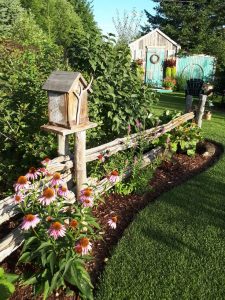
Another surprising helper? Birds. I installed a few birdhouses and let sparrows and chickadees snack on caterpillars and beetles before they could do too much damage.
Even small frogs and toads found their way to my garden, and I welcomed them with shallow water dishes and shady spots to hide.
Companion Planting to Repel Pests
The first time I planted basil next to my tomatoes, I thought it was just a fun experiment. But I quickly noticed that my tomato plants had far fewer hornworms than the previous year.
That’s when I discovered the power of companion planting, the art of pairing plants that help each other thrive while deterring pests.
- Some of my favorite plant pairings include:
- Marigolds near beans and squash to repel nematodes and aphids
- Basil next to tomatoes to keep hornworms away
- Nasturtiums near cucumbers to deter aphids and squash bugs
- Onions and garlic near carrots to confuse carrot flies
By mixing up my plantings instead of growing everything in neat rows, I also confused pests and made it harder for them to spread. Nature loves diversity, and so does a healthy garden.
Using Physical Barriers to Block Pests
When pests started targeting my leafy greens, I learned that sometimes, the best defense is a physical barrier.
I began using floating row covers, light fabric that lets in sun and water but keeps out cabbage worms, flea beetles, and leaf miners. With just this one change, my kale and lettuce suddenly looked perfect, untouched by hungry insects.
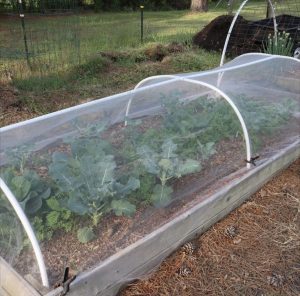
For plants that don’t need pollination, like broccoli and cabbage, I kept the covers on all season. For squash and cucumbers, I removed them once the plants started flowering so pollinators could do their work.
I also used collars made from cardboard around the base of my tomatoes to stop cutworms from wrapping around the stems.
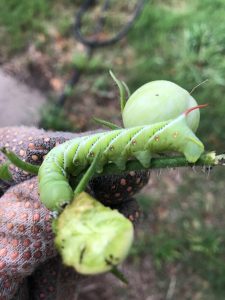
Another simple trick that worked wonders? Handpicking pests. Every morning, I would go out with a small container of soapy water and pluck off caterpillars, squash bugs, and Japanese beetles.
It only took a few minutes, and it kept populations under control before they could get out of hand.
DIY Natural Sprays and Solutions
There are times when pests still manage to find their way in, no matter how much I prepare. When that happens, I turn to homemade organic sprays instead of chemical pesticides.
One of my go-to solutions is a simple neem oil spray, a natural insect repellent that disrupts pests but doesn’t harm beneficial insects when used correctly.
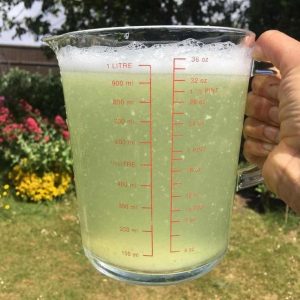
For aphids and spider mites, I mix a few drops of dish soap in a spray bottle with water and mist the affected leaves. It breaks down their protective coating and washes them away without harming the plant.
For slugs, I use crushed eggshells or diatomaceous earth around the base of my plants to deter them naturally.
Another trick I learned was using a garlic and chili spray, a natural repellent that keeps caterpillars, beetles, and even deer away. It doesn’t kill pests outright, but it makes the plants far less appetizing.
The Reward of a Naturally Balanced Garden
Growing vegetables without chemical pesticides has completely changed the way I garden. I now watch in awe as ladybugs take care of aphids, birds keep caterpillars in check, and my plants thrive without harmful chemicals.
The best part? The food I harvest is truly pure, fresh, and safe for my family. When I pick a ripe tomato or a bunch of crisp greens, I know exactly what went into them, just sun, soil, water, and a little bit of love.
